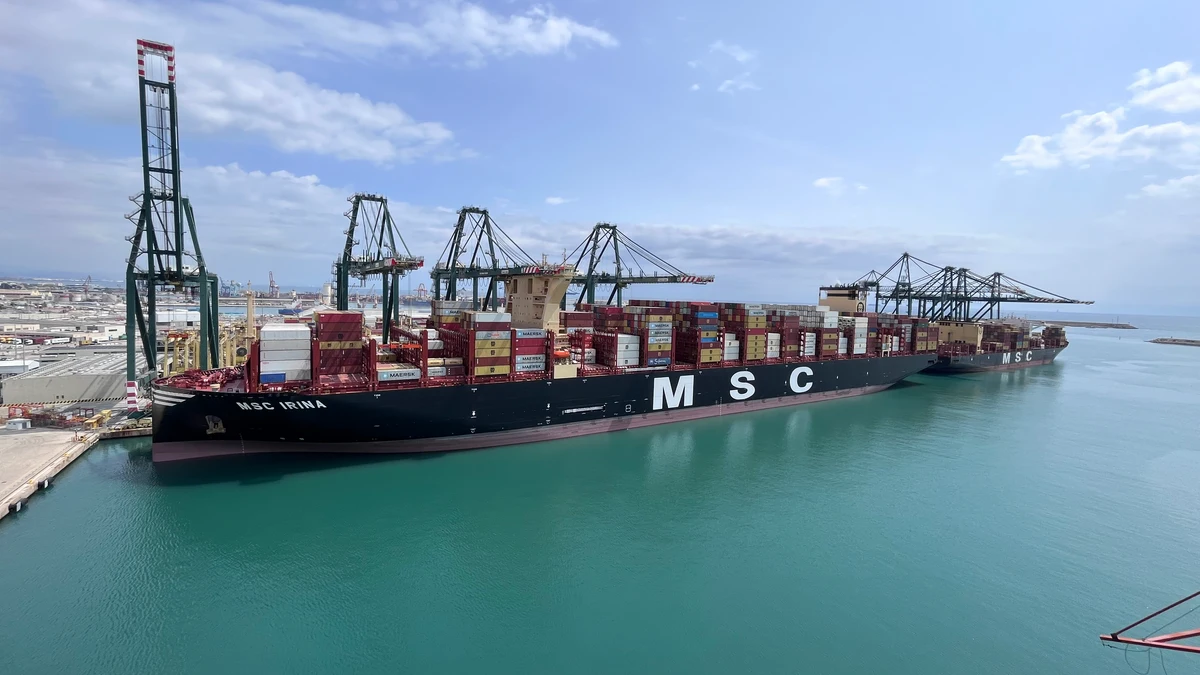
There Red Sea Crisis placed the port of Valencia as the most advantageous transshipment point in the Mediterraneaneven before Tangier, according to a study carried out by the University of Antwerp.
The Association of Logistics Managers and Entrepreneurs, Propeller Valenciapresented this Thursday the results of the report “The role of the port of Valencia as a transshipment platform during the Red Sea crisis”prepared by experts from the Department of Transport and Regional Economy at the University of Antwerp.
The study, prepared by Edwin Van Hassel, Thierry Vanelslander and Felipe Bedoya Mayais part of the basis of the detour of the interoceanic routes which, forced to avoid the Suez Canal, detour around the Cape of Good Hope, spending from 19 to 31 days.
In this context where The Mediterranean Sea has only one maritime access route passing through the Strait of Gibraltar, The attractiveness of Mediterranean ports has changed for shipping companies seeking to optimize their calls through competitive facilities as transshipment hubs.
The geographical proximity of Valencia to the strait, as well as the congestion suffered by other ports, allowed the privileged positioning of this port as a concentrator of goods for subsequent distribution to the eastern MediterraneanPropeller sources pointed out.
According to the study, Valencia is the most competitive trade port in the entire Mediterranean in the Red Sea crisis scenario, since The transshipment costs of a 24,000 TEU vessel calling at the Valencian dock would represent a saving of between 400 and 1,000 euros per TEU.
However, the fact that this interoceanic route has been modified results in additional costs for everyone, which in the case of Valencia can reach approximately 50 and 60 euros, a figure which rises to 120 or 130 euros in Italian cinemas.
One of the greatest attractions of Valencia for capturing goods in transshipment is that It has an interior area that other ports, such as Tangier, they do not have any, which generates a “critical mass that allows you to reduce import/export costs,” explained the president of Propeller Valencia, Alfredo Soler.
Furthermore, From the Valencian enclave, distribution to other ports “is simpler and the distances are shorter compared to Tangier”said Soler, who indicated that until February, transshipment traffic in Valencia increased by 16% and is expected to continue like this, which is why we are starting to suffer from congestion problems in the port.
He urged us to look for “imaginative and rapid” solutions to manage this situation and not “let it pass and perpetuate it over time”, and defended the importance of “buying time” until the North Terminal is operational so that these new flows “are not diverted to other ports”, allowing for example an interior zone close to the port.

